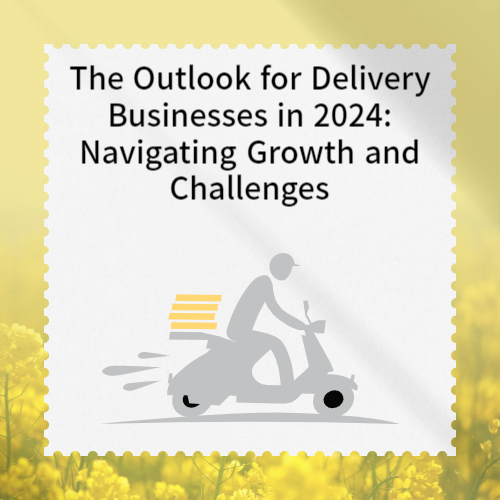lucrative information
In the wake of the digital transformation that has swept across industries worldwide, the delivery sector has experienced unprecedented growth. This surge is largely attributed to the changing consumer behaviors and the increased reliance on e-commerce platforms. As we move into 2024, the delivery business landscape continues to evolve, offering both opportunities and challenges for entrepreneurs looking to dive into this dynamic market. This article explores the prospective trends, potential hurdles, and profitability insights for delivery businesses in the upcoming year.
Emergence of Niche Markets
One significant trend is the rise of niche delivery services. Beyond the realms of food and grocery deliveries, businesses are tapping into uncharted territories such as specialized meal kits for dietary restrictions, eco-friendly and sustainable goods delivery, and even the delivery of hobbyist materials. These niche markets offer a more personalized customer experience and cater to specific needs, distinguishing themselves from the competition.
Technology Integration
Technology continues to play a pivotal role in the delivery industry. With advancements in AI, drone technology, and robotics, delivery businesses are exploring new ways to enhance efficiency and reduce operational costs. For instance, drone deliveries and autonomous delivery vehicles could become more mainstream in 2024, offering faster and more cost-effective solutions, especially in urban areas.
Sustainability Focus
Sustainability is becoming a core concern for consumers, influencing their purchasing decisions. Delivery businesses that prioritize eco-friendly practices, such as using biodegradable packaging or electric delivery vehicles, are likely to gain a competitive edge. Emphasizing sustainability can not only attract a more conscientious customer base but also align with global efforts to reduce carbon footprints.
Local Partnerships and Community Focus
Forging partnerships with local businesses can be a lucrative strategy for delivery companies. By collaborating with local restaurants, farms, and artisans, delivery businesses can offer unique, locally-sourced products, supporting the local economy while meeting consumer demand for fresh and unique items.
Regulatory and Operational Challenges
However, the delivery sector faces regulatory and logistical challenges. With cities around the world imposing stricter regulations on delivery operations to curb congestion and pollution, businesses must navigate these rules carefully. Additionally, managing logistics and ensuring timely deliveries remain significant hurdles, especially with the fluctuating demand and potential supply chain disruptions.
Profitability and Revenue Models
Profitability in the delivery business varies widely depending on the market niche, operational efficiency, and the scalability of the business model. Subscription services, premium delivery options, and value-added services (such as meal-planning or product assembly) can provide additional revenue streams. However, businesses must also contend with thin margins, high competition, and the costs associated with technology adoption and sustainability initiatives.
Conclusion
Looking ahead to 2024, the delivery business sector presents a fertile ground for innovation and growth. Entrepreneurs willing to invest in technology, adapt to regulatory environments, and commit to sustainability stand to make significant inroads. However, success in this rapidly evolving industry requires a strategic approach, focusing on niche markets, operational efficiency, and a strong value proposition to stand out in a crowded marketplace.
